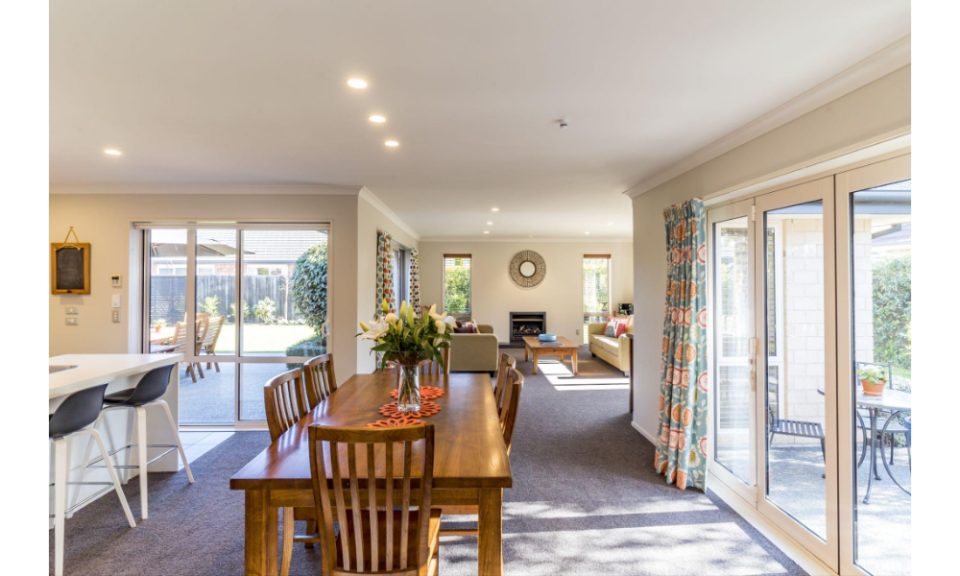Owning a landed property feels like striking gold. But that excitement quickly turns into a challenge: how do you make the most of it? Landed house design in Singapore is rarely straightforward. Add to that the growing demand for interior design in Singapore for residential homes, and it’s easy to see why many homeowners feel overwhelmed. Yet, with the right understanding of essentials, realistic expectations, and insider guidance, you can transform a landed property into a dream home that fits both style and substance.
What Every Landed Homeowner Must Consider
Designing a landed house involves a scale and scope that differ significantly from working with a condominium or HDB unit. Unlike smaller properties, landed homes often allow for multiple storeys, meaning vertical flow becomes a design priority.
Another core consideration is ventilation and natural light. Singapore’s tropical climate makes it vital to design spaces that breathe. Beyond comfort, these choices also lower energy consumption, which matters to sustainability-conscious homeowners.
Materials matter, too. While marble countertops or hardwood floors may seem attractive, they must be balanced with durability, especially in areas that see heavy use. An essential part of landed house design in Singapore projects is aligning aesthetics with maintenance demands.
Finally, lifestyle plays a huge role. A family with young children may require flexible play zones. Homeowners who frequently entertain might focus on spacious dining areas and outdoor patios. Essentials, then, are about the physical house and making the property reflect how life will be lived.
Common Misconceptions in Landed Design
There are plenty of myths surrounding interior design in Singapore for residential landed homes, and falling for them can derail renovation plans. One common misconception is that bigger spaces require less planning because “there’s more room to work with.” In reality, larger spaces demand more careful coordination to avoid wasted or underutilised zones.
Another myth is that luxury finishes automatically equal good design. While premium materials can enhance appeal, they don’t guarantee comfort or longevity. The reality is that design is always about context. What works beautifully in one home may not suit another.
Some homeowners also assume that hiring a designer is unnecessary since landed homes offer more freedom compared to restrictive HDB regulations. Yet this overlooks the complexity of managing contractors, permits, and overall cohesion. A professional eye often prevents costly mistakes, especially when integrating different functions across floors or balancing indoor and outdoor spaces.
Perhaps the biggest myth is that landed properties never face storage issues. The reality is that organisation is as vital in landed house design projects in Singapore as it is in smaller apartments.
What Designers Wish Homeowners Knew
When it comes to landed house design, professionals often have insights that can dramatically improve results. One piece of insider advice is to plan for the long term. A landed property may be a forever home, so the design should anticipate future needs such as accessibility in older age, potential extensions, or even resale considerations.
Designers also stress the importance of cohesion. But without a unifying thread, the house can feel fragmented. Cohesion means creating a flow that ties everything together seamlessly.
Another key tip is not to underestimate outdoor areas. Yards, terraces, and balconies can extend living spaces significantly, offering opportunities for relaxation or social gatherings. Yet many homeowners treat them as afterthoughts. Proper landscaping, weatherproof furniture, or even an outdoor kitchen can elevate these zones into functional extensions of the home.
Lastly, insider advice always circles back to budget realism. Landed homes tempt owners to keep upgrading, but overspending on showy features can strain finances without enhancing day-to-day living. The wisest approach is prioritising what supports comfort and function first, then layering design flourishes afterwards.
Designing Beyond Four Walls
Landed house design in Singapore is as much about vision as it is about execution. While the scale of a landed property offers more freedom than other housing types, it also requires thoughtful essentials, realistic expectations, and guidance rooted in professional experience. Interior design in Singapore for residential spaces is about making choices that balance function, beauty, and sustainability, ensuring that every corner of the home adds value to daily life. With careful planning and an openness to expert insights, a landed house can become the centrepiece of a family’s story.
Thinking about your own landed home? Reach out to MYD – Pleasant Home Design today. Because great design always begins with clarity.

